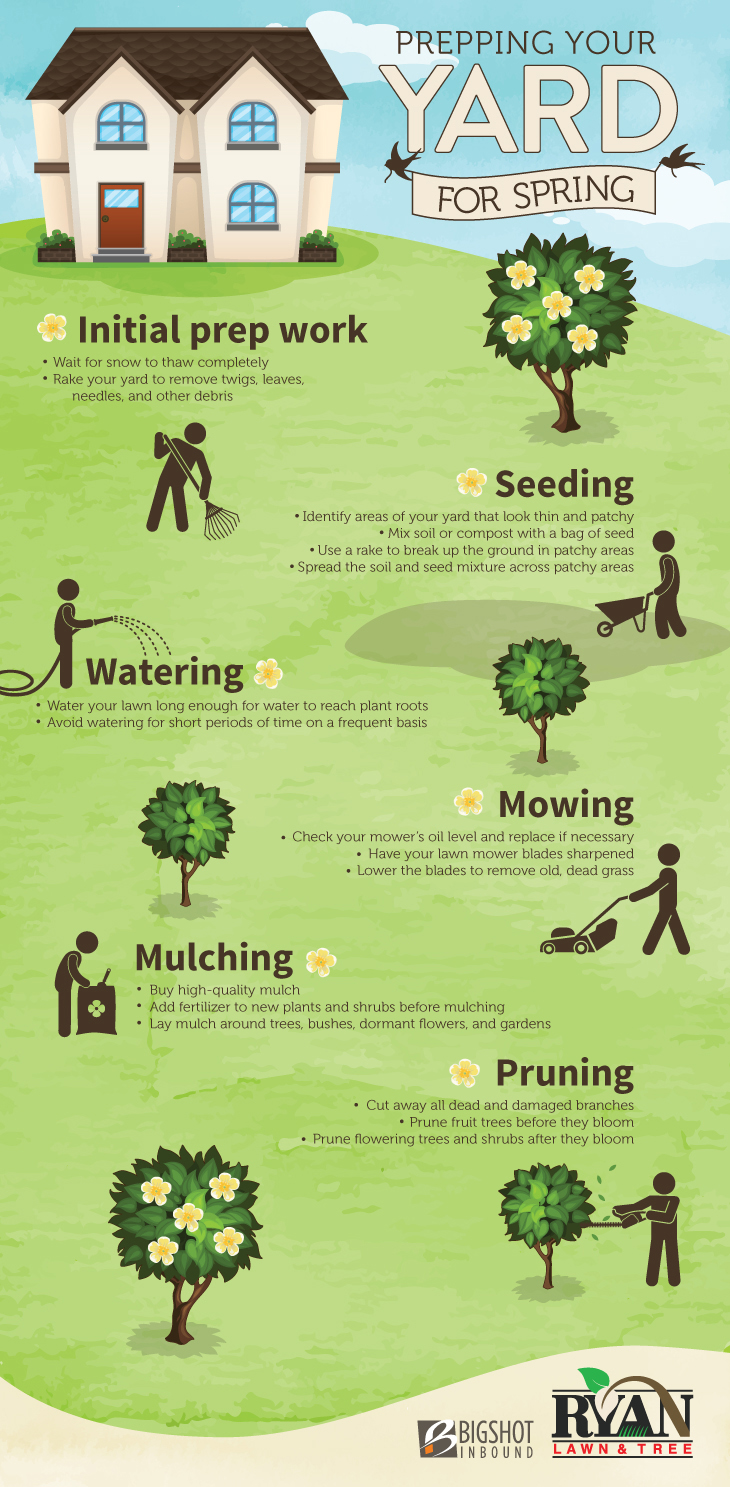Figuring Out The Right Time For Tree Removal - An Overview For Homeowners
Figuring Out The Right Time For Tree Removal - An Overview For Homeowners
Blog Article
arborist boots -Siegel Noer
Trees include appeal and worth to residential property, but they can likewise posture a threat throughout severe climate events. If a tree has quit growing, is exhibiting visible fungal development, or has a leaning trunk, it should be gotten rid of by a professional to prevent home damages and injury.
To get more information, participate in a house owner resource fair co-hosted by HPD, the Center for New York City Neighborhoods, and Brooklyn-based housing partners this evening in Bedford-Stuyvesant. The event will certainly feature the Property owner Manual, a new overview to aid property owners browse the duties of having a home.
1. Dead or Perishing Branches
Trees are an indispensable part of your home's landscape, offering color and charm. They likewise offer sanctuary for wild animals and produce oxygen, yet also healthy trees can experience illness that may necessitate their removal. Dead or passing away trees aren't simply unpleasant, they can be harmful. Their branches can drop during a tornado, bring about pricey residential property damages and injuries.
When a tree's branches begin to pass away, it suggests that its structure is starting to break down. If most of its branches are dead, it is likely time to remove it.
Try to find an absence of new development, bark peeling, open injuries or dental caries, fungi growing on the trunk or roots and a general look of decay in the entire cover. These indications of infection can suggest a severe trouble that will certainly need specialist tree services to deal with.
2. Leaning Trunk
While it's normal for trees to lean once in a while due to phototropism, if a tree has a dangerous or extreme lean that's not due to natural processes - maybe an indication that the tree requires to be eliminated. If the tree is leaning toward a high-voltage line, home, vehicle, play framework or any other area that could be unsafe to people if it falls, after that calling an expert tree solution for removal should be a top concern.
It's also vital to watch for any sudden changes in a tree's leaning as it can suggest damages to the roots or trunk that might bring about dropping. This is especially real throughout thundercloud, since high winds and rain-soaked dirt can cause a lean to change swiftly. Routine surveillance, especially throughout and after tornados can assist property owners recognize possible troubles with their trees so they can call an arborist for a complete evaluation.
3. Parasite Problem
Some pest infestations, such as wood-boring insects like emerald ash borer or sap-suckers like scale pests, are so serious that they can trigger a tree to die. The very best way to prevent pest problem is to check your trees on a regular basis. Search for spots, openings, or discolorations in the leaves and bark. Take a look at the trunk for fractures and indications of insect damage, such as tunnels or tracks.
If a tree comes to be as well plagued with insects, or is close to a home or high-voltage line, an arborist may advise elimination. If clicking here leaning tree develops a new, unstable lean, an arborist will likely advise elimination as well to guarantee the safety of individuals and building. If a weakened or dead tree continually drops excessive branches, it is an indication that it is time to eliminate the tree. If a tree remains to drop branches for an extensive period of time, it can bring about architectural problems and prospective residential or commercial property damages.
4. Harmed Trunk
Trees are a gorgeous and vital part of our landscape, however they do require regular care to maintain them healthy and balanced and secure. If a tree is damaged irreparable it is likely time for it ahead down.
Seek indicators of damages to the trunk, including vertical cracks, joints, dead branch stubs, noticeable injuries or open cavities and severe tree-rot. The existence of fungi at the base of the trunk is one more cautioning indicator. Fungi might show that the phloem and xylem (life-support cells) are jeopardized, enabling the spread of disease or a future failing.
Additionally, think about whether the tree has actually quit growing. Healthy trees will certainly have new growth annually, which might show up as buds or branches growing and expanding. If check this site out do not see any type of new development, it's a good idea to have an arborist examine the tree and follow their suggestion for removal. A dying or damaged tree can fall and cause property damage.